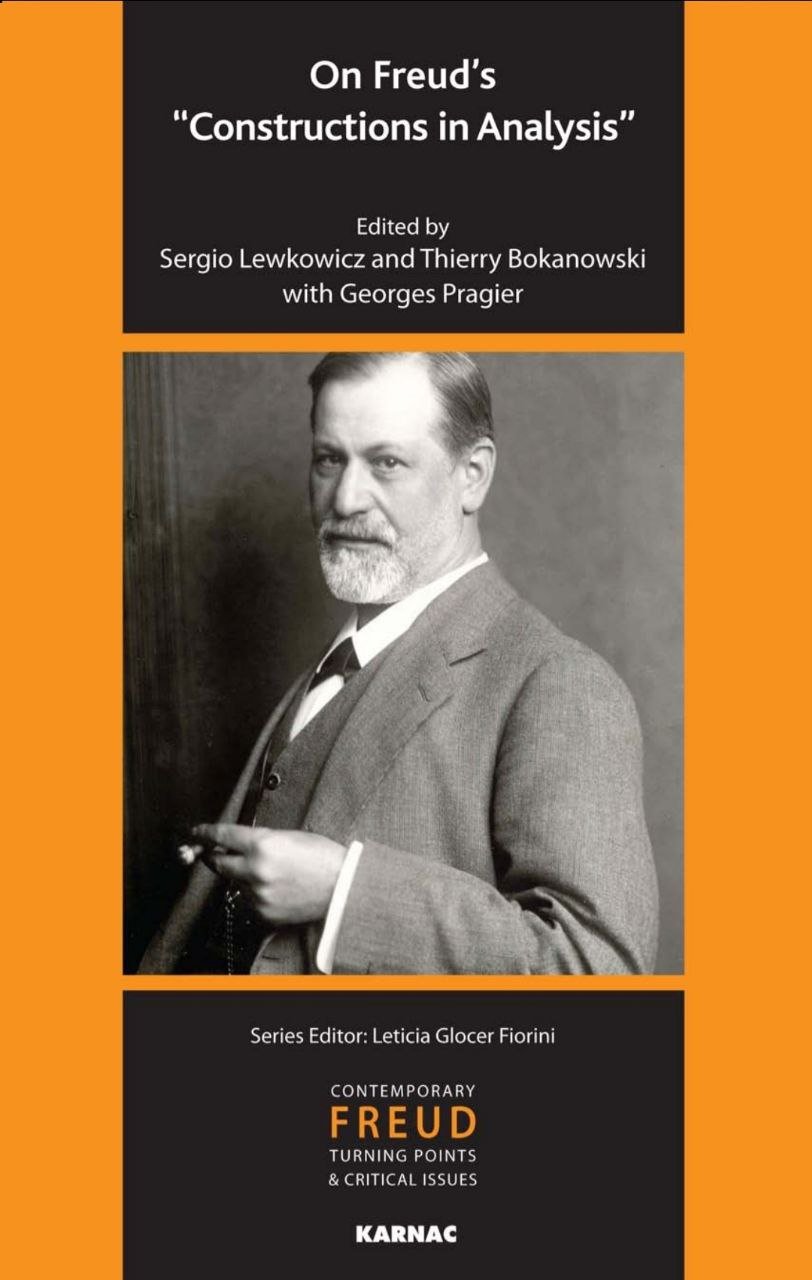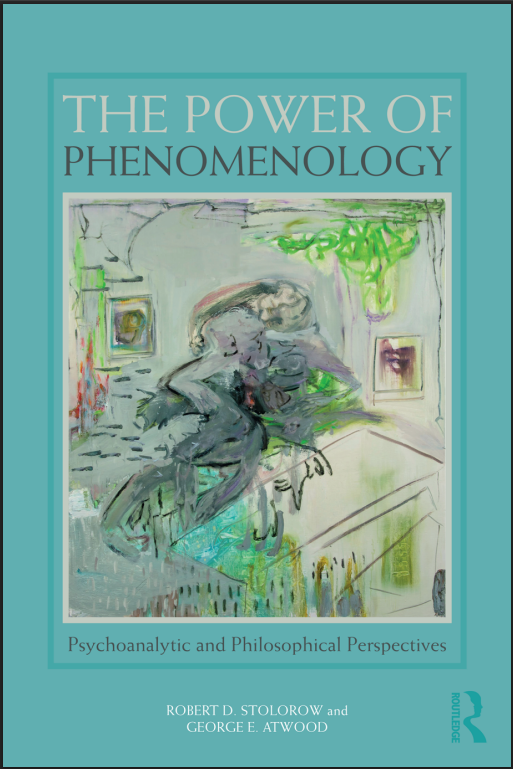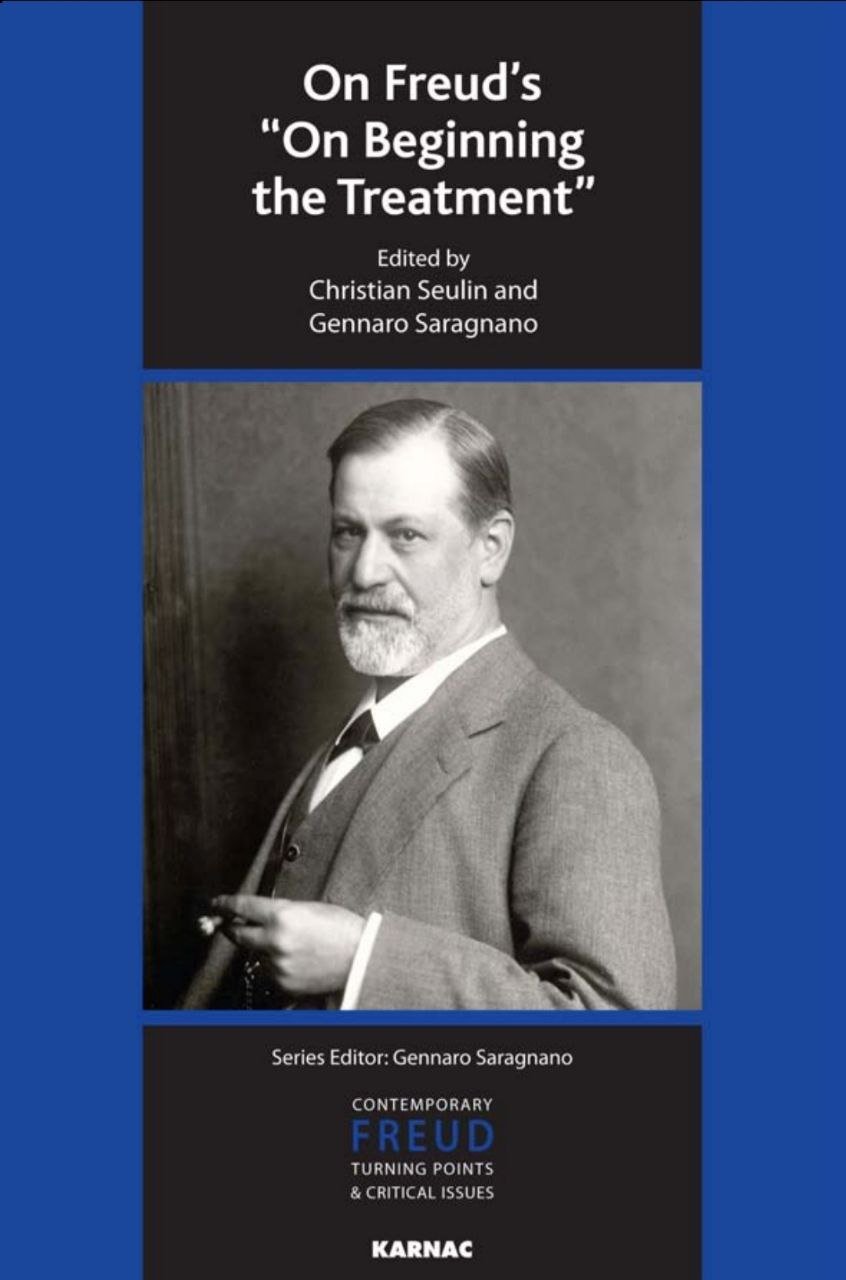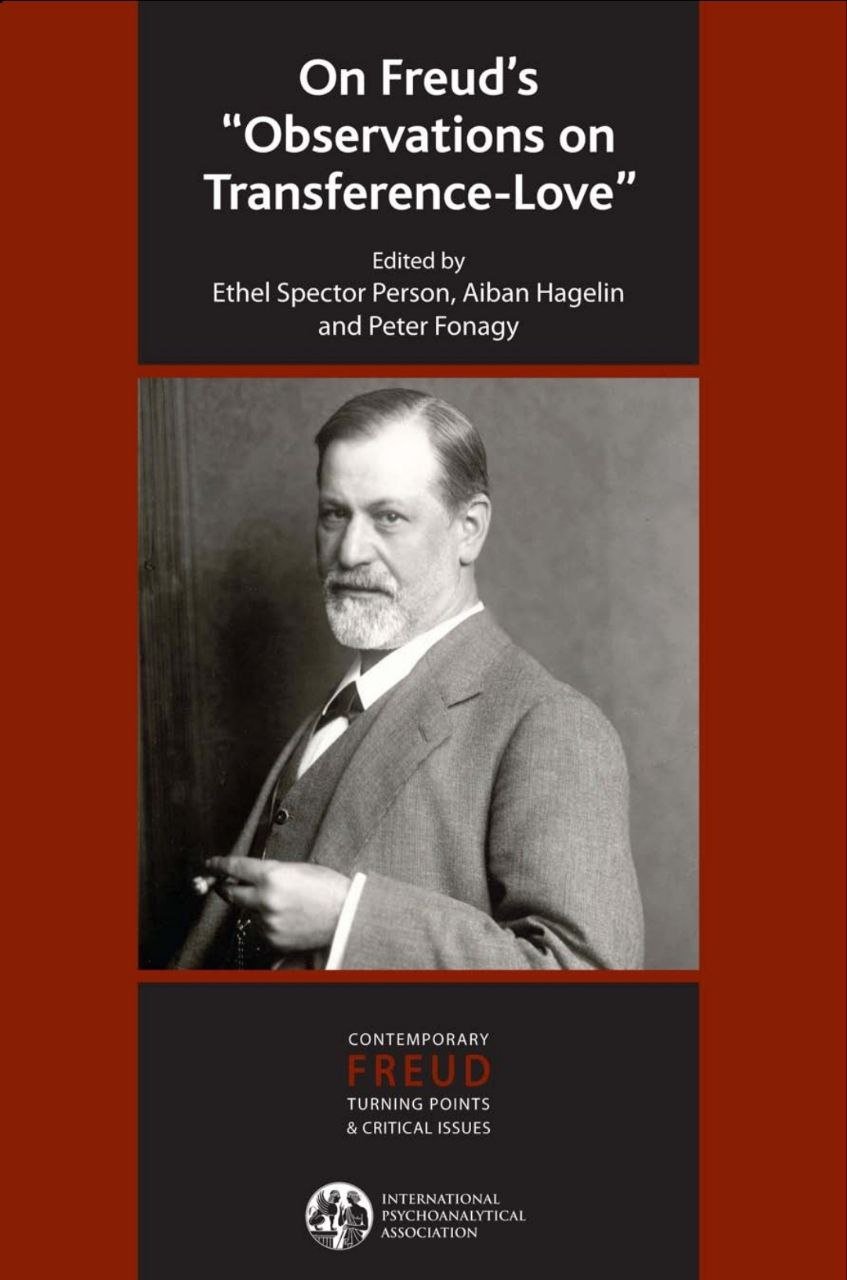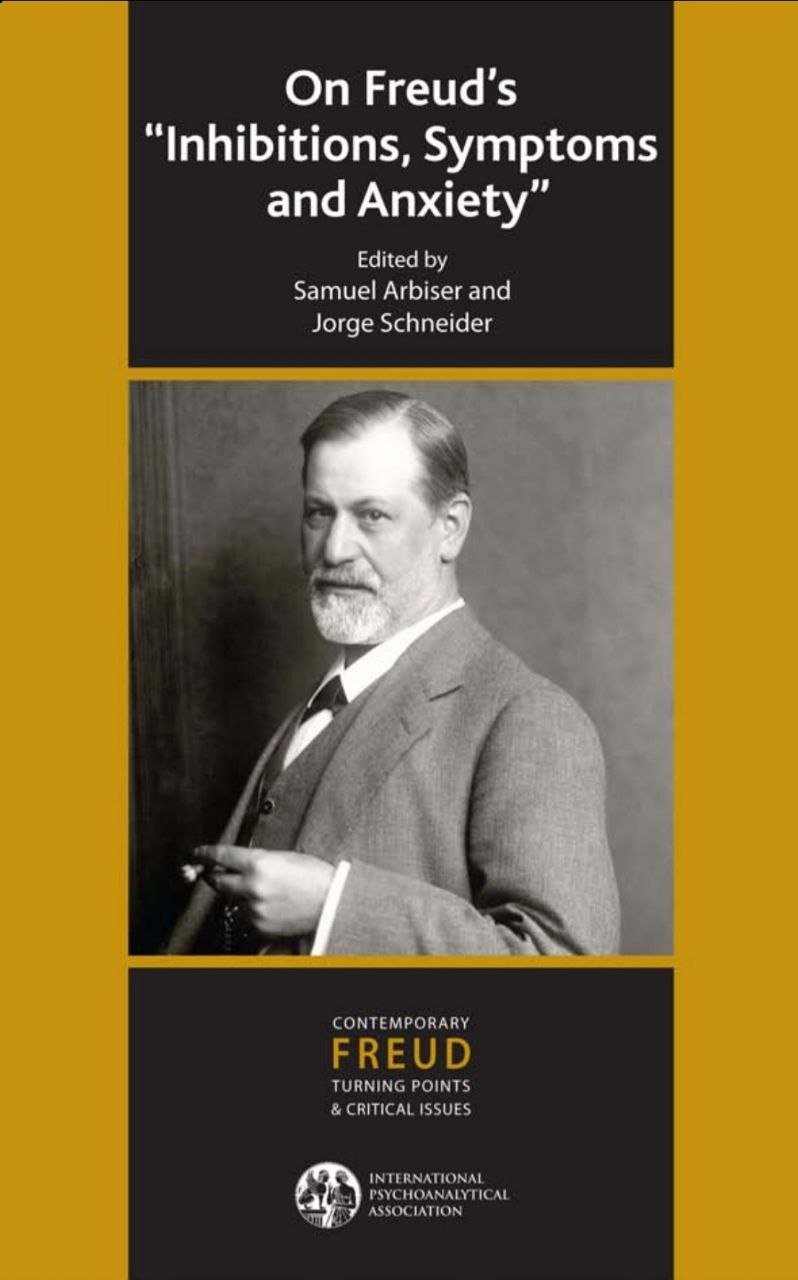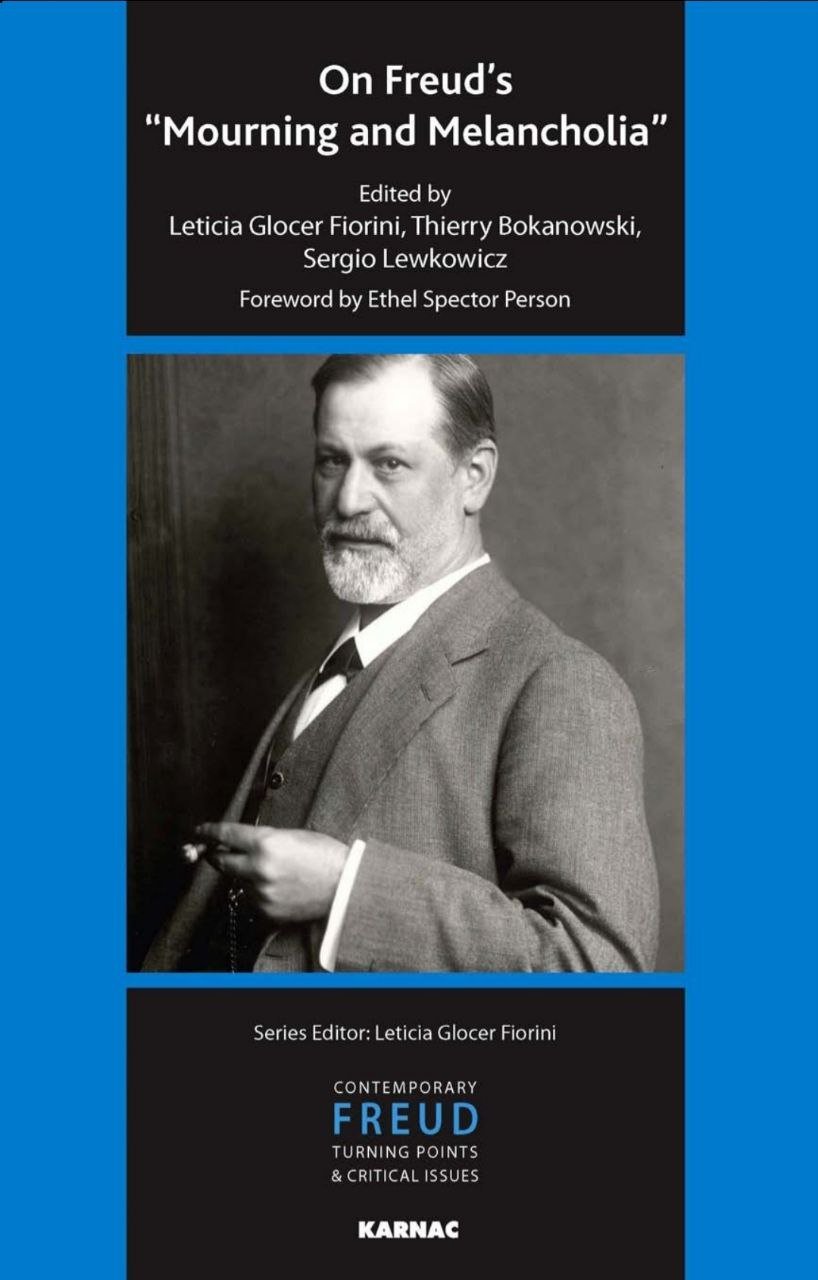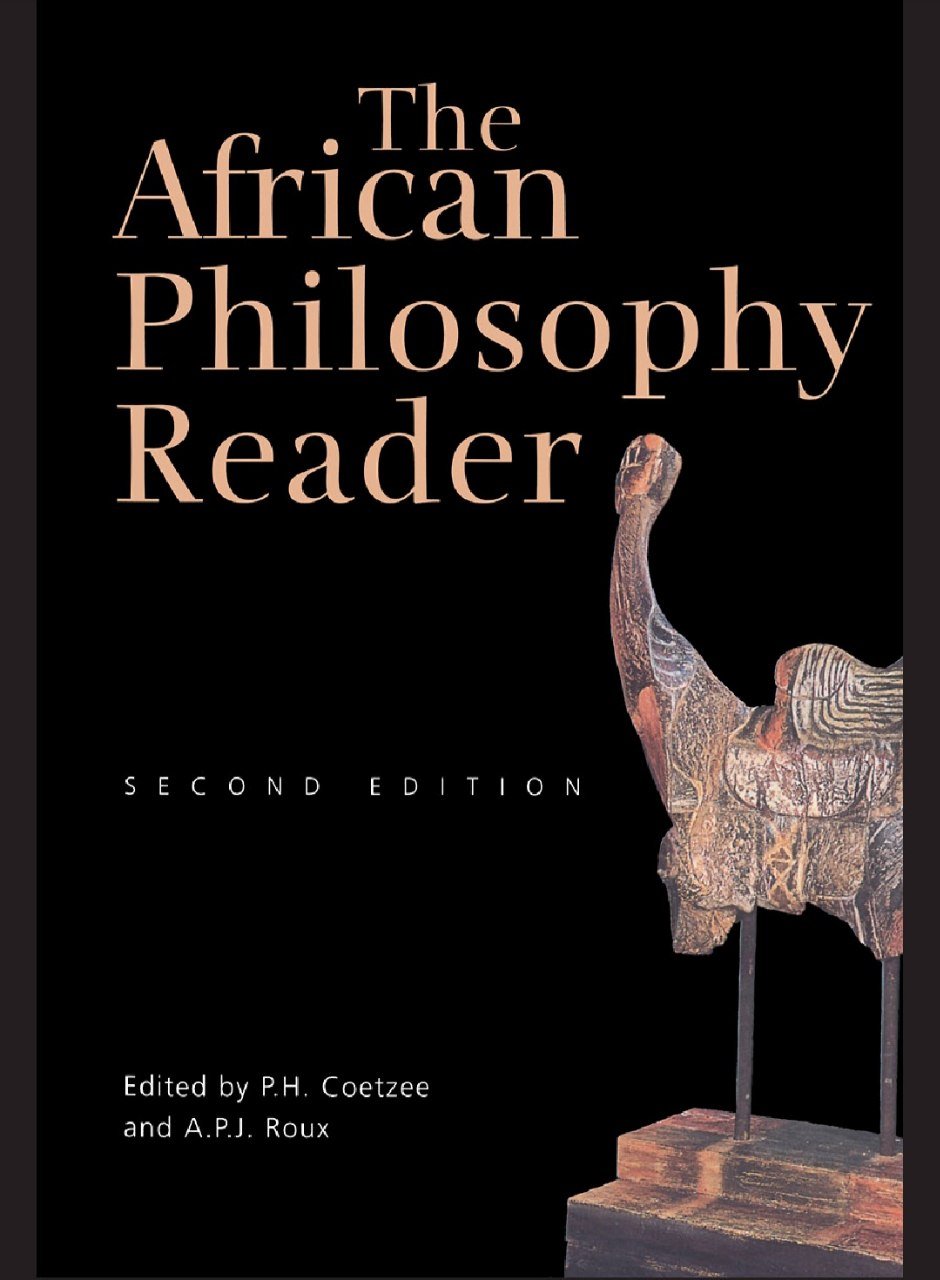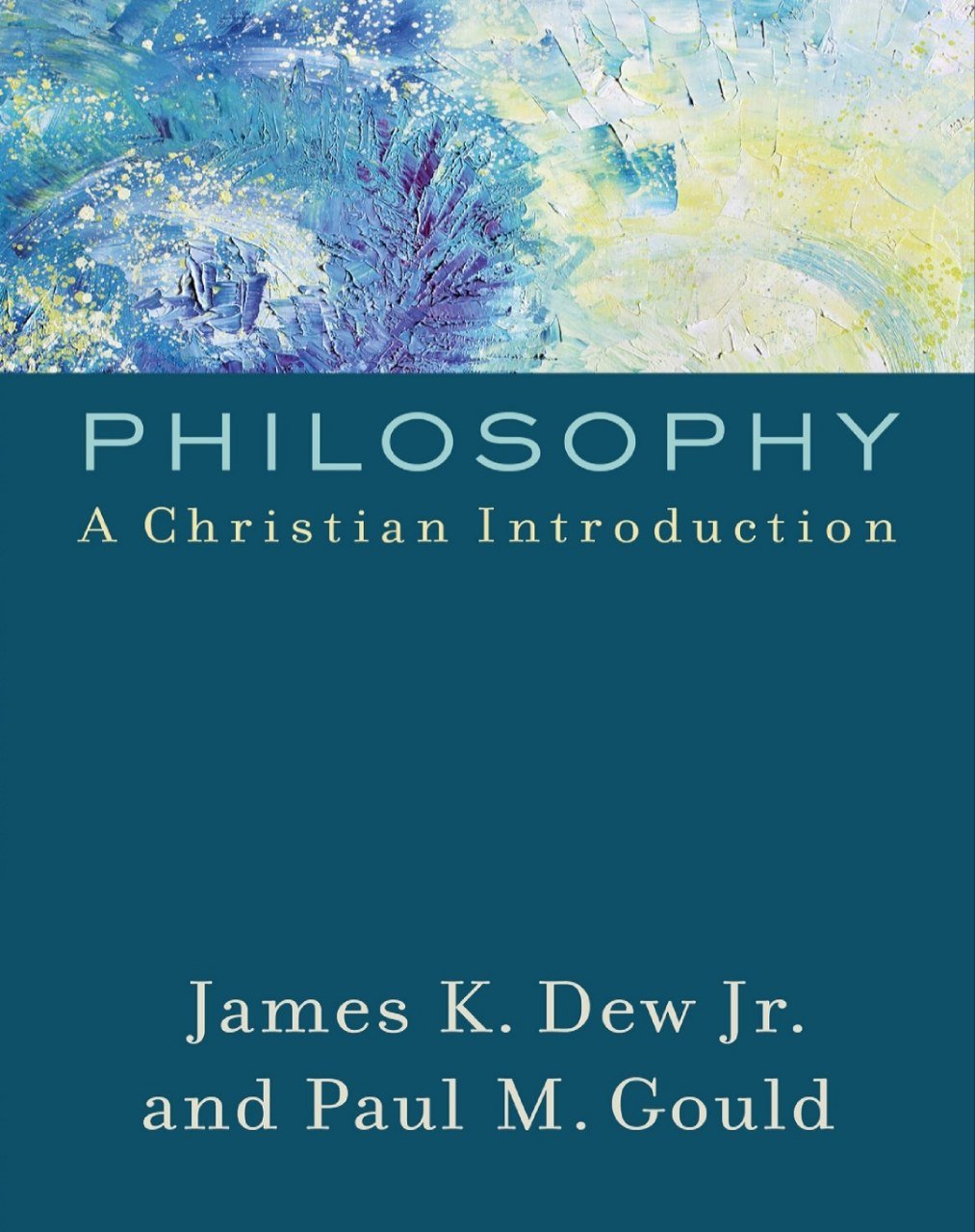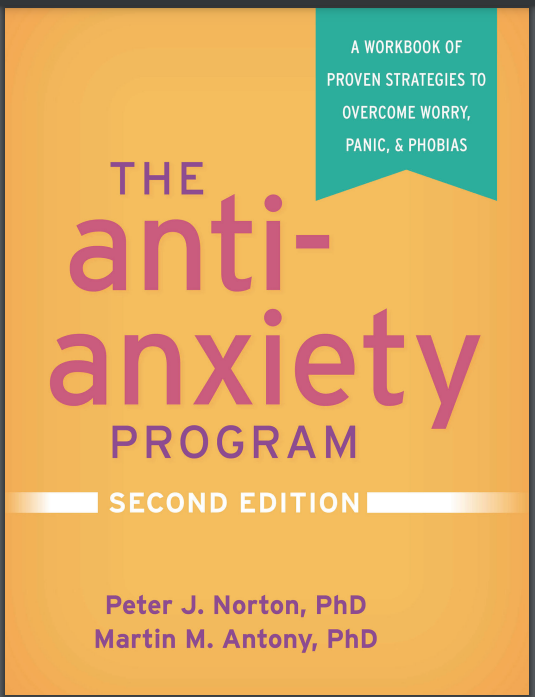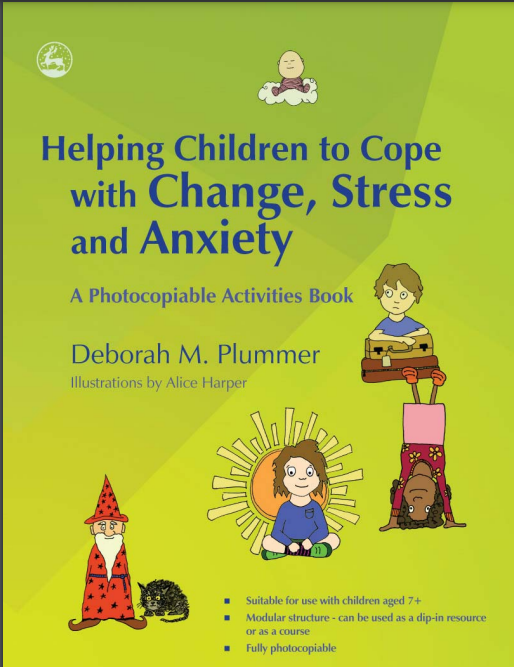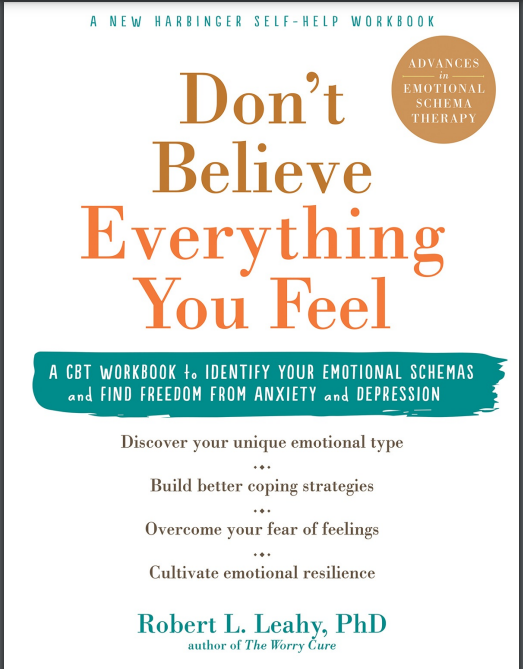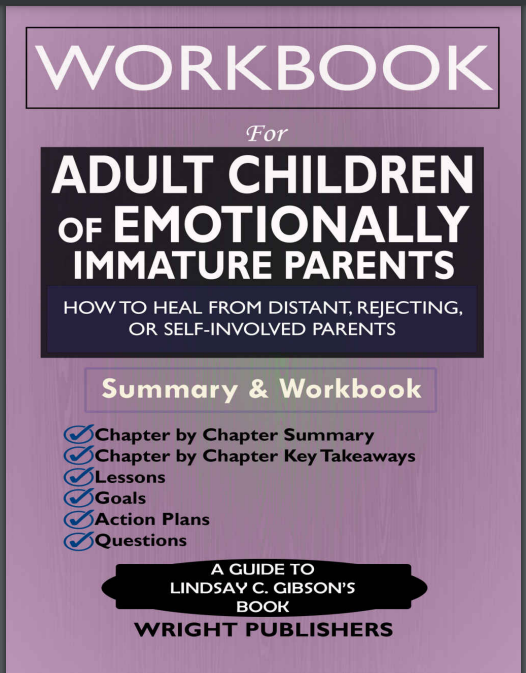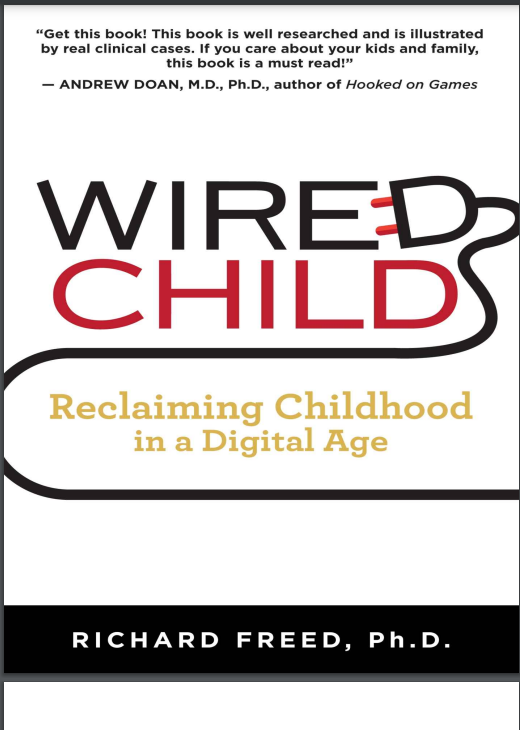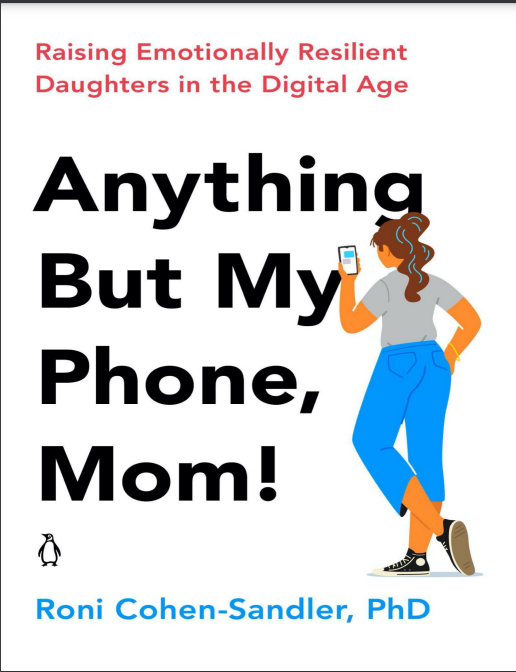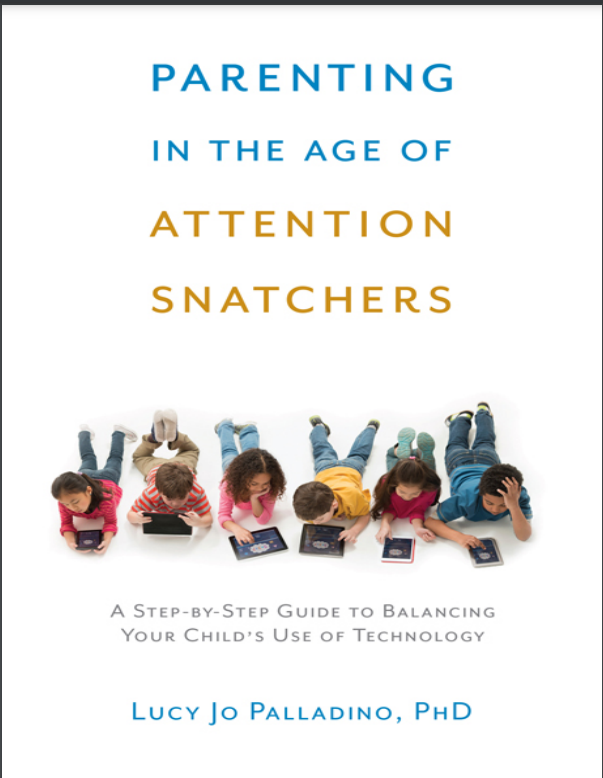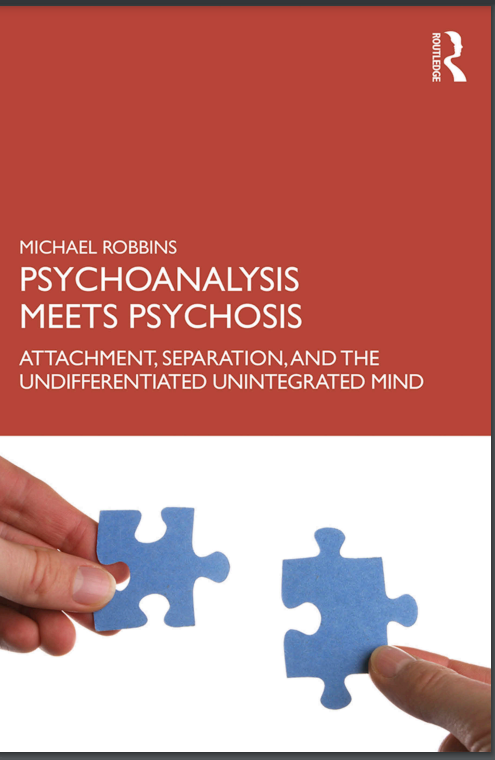

The Book of Directives and Remarks: al-Ishārāt wa ʿl-Tanbīhāt (Part I: Logic)
Reviews
No review yet. Be the first to review this book!
Description
The Book of Directives and Remarks: al-Ishārāt wa ʿl-Tanbīhāt (Part I: Logic) by Ibn Sīnā (Avicenna), translated by Shams C. Inati, is the first section of a comprehensive philosophical work in which Ibn Sīnā addresses key topics in logic. This part lays the groundwork for his metaphysical and epistemological theories, offering a structured examination of logical reasoning and its applications in philosophy. Overview of the Book In this first part, Ibn Sīnā provides an intricate treatment of Aristotelian logic, specifically focusing on syllogisms, definitions, and the principles of correct reasoning. However, Ibn Sīnā is not merely a follower of Aristotle; he integrates these logical principles with his own philosophical framework, where logic becomes a tool for understanding ontology (the study of being) and epistemology (the study of knowledge). The work is a blend of logical theory and philosophical inquiry, aiming to demonstrate how the human intellect processes and organizes knowledge. For Ibn Sīnā, logic is not merely a formal discipline; it is a pathway that leads to understanding the real world, especially the divine truths. His approach to logic serves as a foundation for his later explorations in metaphysics, epistemology, and ethics. Key Themes in Logic The Purpose and Role of Logic Ibn Sīnā begins by discussing the role of logic as a tool for ensuring proper reasoning. Logic, in his view, is essential for distinguishing valid from invalid arguments and for ensuring the clarity and consistency of human knowledge. He considers logic as a means to attain truth and to understand reality in its most fundamental forms. Syllogisms and Inference A major portion of Part I focuses on the structure of syllogisms—the formal reasoning process that draws conclusions from premises. Ibn Sīnā outlines how valid conclusions are derived through proper logical inference. His treatment of syllogisms goes beyond the simple structures presented by Aristotle, as he also considers the categories of reasoning that allow for more complex deductive processes. Classification of Propositions Ibn Sīnā classifies different types of propositions (assertions that can be true or false) and examines their role in logical reasoning. He distinguishes between universal and particular propositions, as well as affirmative and negative ones, explaining how each type of proposition can be used in logical arguments to build a sound syllogism. The Role of Definitions For Ibn Sīnā, a clear definition is crucial for logical reasoning. In this section, he emphasizes the importance of providing precise definitions for terms, as ambiguous definitions can lead to faulty reasoning. He draws attention to the concept of essence and how it is essential to understanding the nature of things. The definition of a term must accurately reflect its essence, which is the key to unlocking the nature of reality. The Principle of Non-Contradiction Ibn Sīnā upholds the principle of non-contradiction as a fundamental rule of logic. This principle asserts that a thing cannot both be and not be in the same respect at the same time. It is the cornerstone of all valid reasoning, and any argument that violates this principle is deemed invalid. Ibn Sīnā's discussion of this principle establishes the foundational rules of logical coherence in his larger philosophical framework. The Structure of Knowledge A significant part of Ibn Sīnā’s logical theory addresses the structure of knowledge. He asserts that knowledge is built upon basic intuitive truths, which are self-evident and cannot be denied. These truths serve as the foundation for further deductive reasoning. Ibn Sīnā’s logical framework, therefore, serves not only as a tool for reasoning but as a means of uncovering first principles about the world and existence. The Interplay of Logic and Metaphysics In Ibn Sīnā's system, logic is intricately linked to metaphysics. He uses logic not just to reason about mundane matters but to explore deeper metaphysical questions, such as the nature of being, causality, and the divine. Logic becomes a method for uncovering the fundamental truths of the universe, bridging the gap between the intellect and reality. Categorical and Hypothetical Propositions Ibn Sīnā distinguishes between categorical propositions (those that assert something about the subject) and hypothetical propositions (those that involve conditionals, such as "if... then..."). He carefully examines how each type of proposition can be used to form logical arguments, providing insights into the structure of complex reasoning and argumentation. The Theory of Terms and Concepts Ibn Sīnā dedicates a significant portion of his work to the analysis of terms and concepts used in logical reasoning. He delves into the relationship between words and their meanings, emphasizing the importance of using terms accurately to avoid confusion and ensure the validity of arguments. This is especially important when discussing abstract or metaphysical concepts that do not have direct physical counterparts. The Connection Between Logic and Ethics Logic, for Ibn Sīnā, is not merely a tool for abstract reasoning; it is also a means of developing a sound ethical framework. Through proper reasoning, one can attain knowledge of what is good and just. The logical principles discussed in this section lay the groundwork for his later ethical theories, which are grounded in a deep understanding of human nature and divine law. Conclusion The Book of Directives and Remarks: Part I: Logic is a foundational text for understanding Ibn Sīnā’s logical and philosophical system. His treatment of logic is not limited to formal reasoning alone but extends to a broader exploration of knowledge, truth, and being. Ibn Sīnā’s approach to logic is deeply interconnected with his metaphysical and ethical ideas, making it a key part of his overall philosophical vision. Through this work, Ibn Sīnā provides a systematic and rigorous framework for logical reasoning, blending Aristotelian traditions with Islamic thought. His insights on syllogisms, definitions, and the structure of knowledge remain influential in both Islamic philosophy and Western thought, particularly in the realms of epistemology, ontology, and theology. Translated by Shams C. Inati, this work serves as an essential guide for those interested in understanding the intellectual legacy of Ibn Sīnā and the role of logic in his broader philosophical system.






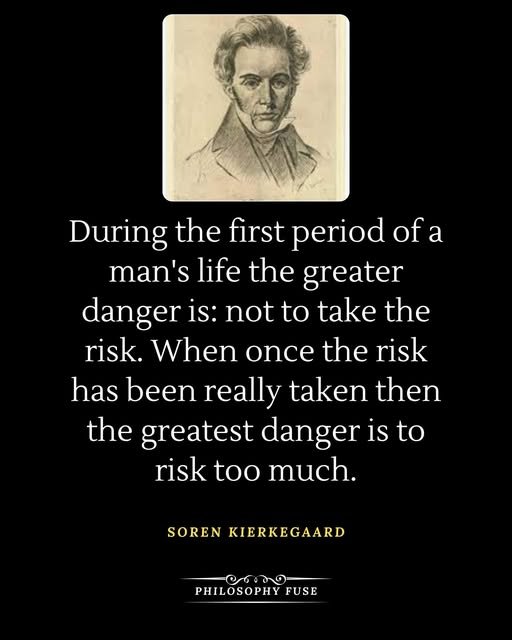











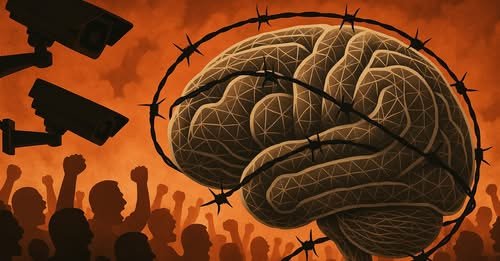




.jpg)





.jpeg)

.jpg)






.png)



.jpg)

















.jpeg)


.jpg)
.jpg)








.jpg)
.jpeg)

.jpeg)



.jpg)

.jpeg)




.jpg)




